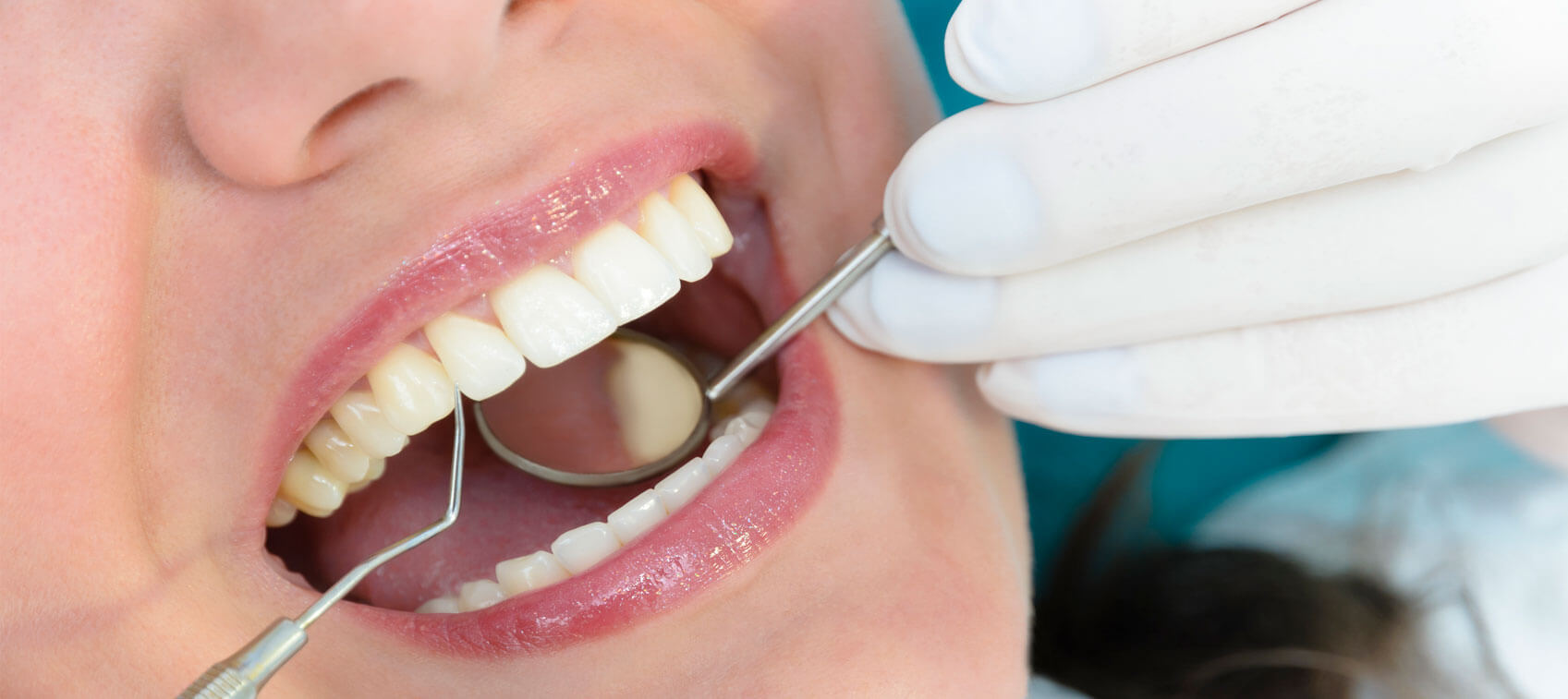
Periodontal (or gum) disease occurs when the gums become infected and inflamed. It can occur in anyone, but there's a strong link between periodontal disease and diabetes. Gum disease also increases the risk of other health concerns such as heart disease, stroke, premature birth, and even cancer. In fact, a study published in the Journal of the National Cancer Institute found that, compared to people with healthy gums, those with severe periodontal disease disease had a 24 percent increased risk of developing lung and colorectal cancer.
Signs of periodontal disease include:
- Red, sore, swollen gums
- Bleeding gums
- Loose or sensitive teeth
- Bad breath
- Trouble chewing
Understanding the Link Between Periodontal Disease and Diabetes
People with diabetes have to pay extra special attention to their gums because they have twice the risk of developing periodontal disease than people without blood sugar problems. Even worse, if blood sugar levels are poorly controlled, the risk of having severe forms of periodontal disease is nearly three times higher—as is the risk of losing teeth.
As with most diabetes complications, the main culprit behind the higher risk is damage to blood vessels due to elevated blood glucose levels. Without nourishment and removal of waste from the tissues, the gums become less resistant to infection, setting the stage for periodontal disease.
Another reason people with diabetes are much more prone to periodontal disease is that glucose is a favorite food of bacteria in the mouth called Streptococcus mutans. These bacteria metabolize sugar in a fermentation process, producing acids that eat through the enamel of teeth and cause decay.
For these reasons, you must be extra vigilant in your efforts to prevent periodontal disease, especially if you have diabetes.
Steps to Prevent Periodontal Disease
These tips and therapies can help keep your gums healthy and prevent (and even treat) periodontal disease:
- Brush, floss, and see your dentist regularly. Brushing twice a day, flossing daily, and professional dental cleanings twice a year may be inconvenient, but it beats the heck out of gum surgery, tissue/bone grafts, and tooth loss. You may consider trying an electric toothbrush like the Sonicare. The bristles of this toothbrush vibrate at about 500 strokes per second. This not only cleans the teeth but transmits acoustic energy that cleans and removes plaque between the teeth and below the gum line, the area normally reached only by flossing.
- Clean your tongue. The protective mucous coating on your tongue makes it an excellent hideout for bacteria. You can brush your tongue along with your teeth, or borrow a tool from Ayurvedic medicine and scrape your tongue once a day. Curved thin metal strips designed for this purpose not only remove plaque-forming bacteria, but are also one of the most effective breath fresheners around.
- Take coenzyme Q10 (CoQ10). CoQ10 has been shown to reduce inflammation and other signs of gum disease. The recommended daily dose is 100 mg once or twice a day.
- Add vitamin C. This do-it-all nutrient also plays a key role in preventing gum disease, as it helps maintain the integrity of the supporting structures of the oral tissues. Take 2,500 mg daily.
- Include zinc and vitamin A. Deficiencies in both of these nutrients are common in people with periodontal disease. Zinc, in particular, stabilizes cellular membranes, inhibits plaque growth, and hastens wound healing. Take 30 mg per day, along with 5,000 IU of vitamin A.
- Suck on probiotic lozenges. Most people know that probiotics play an important role in digestive health. But these beneficial bacteria support many other aspects of well-being, including oral health. One specific probiotic strain, Streptococcus salivarius (S. salivarius) K12, is particularly helpful in this regard. This strain colonizes the oral cavity and upper respiratory tract (the mouth, throat, and nasopharynx) and works to crowd out pathogenic bacteria, helping to prevent sore throats, sinus infections, colds, postnasal drip, ear infections, dental plaque, cavities, and even bad breath. Individuals with bad breath tend to have fewer amounts of S. salivarius, so replenishing levels by taking S. salivarius K12 orally was found in studies to improve breath scores and help get rid of the problem.
- Consume the sweetener xylitol. This natural sweetener prevents tooth decay and reduces periodontal disease. Xylitol looks like sugar and tastes like sugar, but unlike sugar, it is slowly and only partially absorbed by the body, making it an excellent sweetener for people with diabetes. Xylitol also raises the pH level of the mouth, making it less hospitable to the bacteria S. mutans. For optimal protection, chew on gum, suck on hard candies or lozenges, and use toothpaste, mouthwash, or spray that contains xylitol, up to five times a day. Another option is to put one quarter teaspoon of xylitol granules in your mouth several times a day. As they dissolve, swish them over your teeth and wait as long as is comfortable before swallowing.
- Stop smoking. Diabetes raises risk of periodontal disease—and smoking increases risk even more. Statistics show that people with diabetes who smoke and are 45 years or older are 20 times more likely to develop severe gum disease than people who don’t have these risk factors. If you smoke, take whatever steps necessary to quit now.


